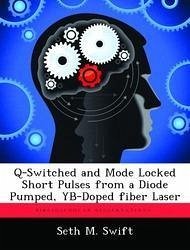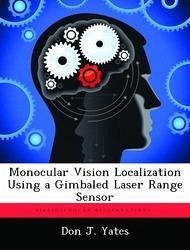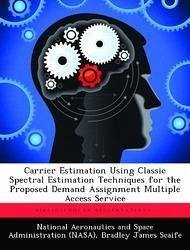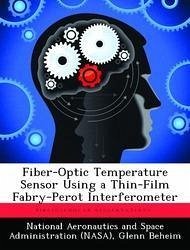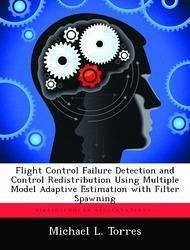Nicht lieferbar
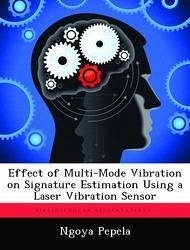
Effect of Multi-Mode Vibration on Signature Estimation Using a Laser Vibration Sensor
Versandkostenfrei!
Nicht lieferbar
A Laser Vibrations Sensor (LVS) can be used to determine the vibrational spectrum of targets, such as vehicles, using heterodyne laser Doppler velocimetry. The vibrational spectra of vehicles are known to have characteristic resonances due to the motors, gears and other moving parts. Each particular class of vehicle has a unique vibrational spectrum. This research shows of how a body vibrating in higher order modes has the opportunity to eliminate spectral content of the target's vibrational spectrum while using an LVS to perform spectrum estimation. This is due to roughly equal amounts of las...
A Laser Vibrations Sensor (LVS) can be used to determine the vibrational spectrum of targets, such as vehicles, using heterodyne laser Doppler velocimetry. The vibrational spectra of vehicles are known to have characteristic resonances due to the motors, gears and other moving parts. Each particular class of vehicle has a unique vibrational spectrum. This research shows of how a body vibrating in higher order modes has the opportunity to eliminate spectral content of the target's vibrational spectrum while using an LVS to perform spectrum estimation. This is due to roughly equal amounts of laser photons with equal and opposite information about the target's velocity returning from the body under investigation. This work has been selected by scholars as being culturally important, and is part of the knowledge base of civilization as we know it. This work was reproduced from the original artifact, and remains as true to the original work as possible. Therefore, you will see the original copyright references, library stamps (as most of these works have been housed in our most important libraries around the world), and other notations in the work. This work is in the public domain in the United States of America, and possibly other nations. Within the United States, you may freely copy and distribute this work, as no entity (individual or corporate) has a copyright on the body of the work. As a reproduction of a historical artifact, this work may contain missing or blurred pages, poor pictures, errant marks, etc. Scholars believe, and we concur, that this work is important enough to be preserved, reproduced, and made generally available to the public. We appreciate your support of the preservation process, and thank you for being an important part of keeping this knowledge alive and relevant.




